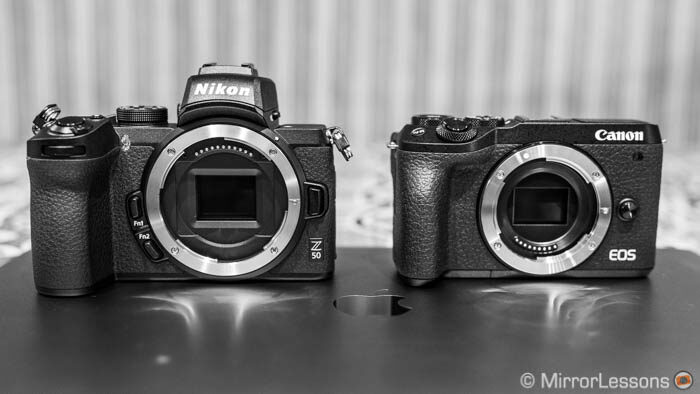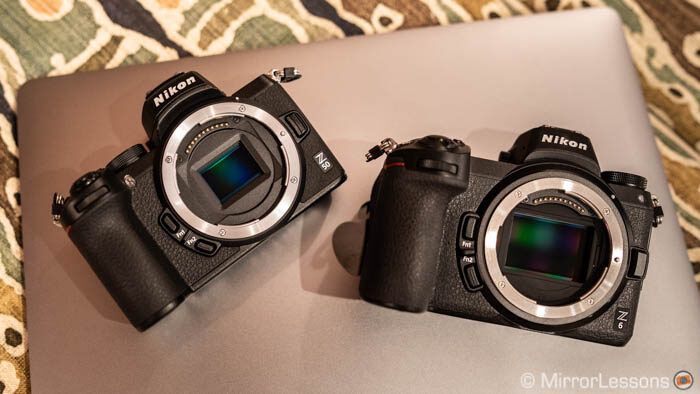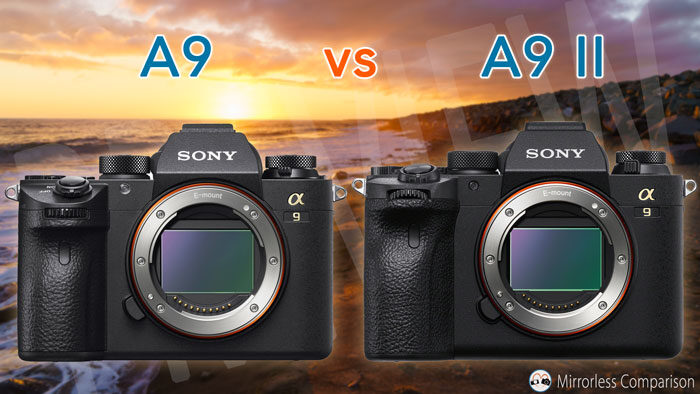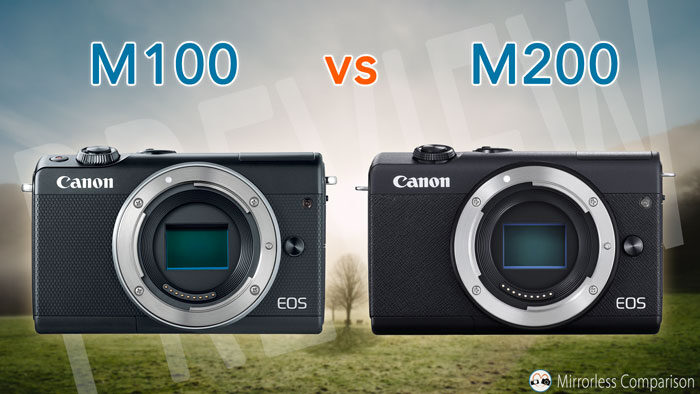Canon and Nikon have been direct competitors for many years and have dominated the DSLR industry for decades. In 2018, they started to compete in the mirrorless segment (alongside Sony) with the release of their respective full frame systems.
Preview
Nikon Z50 vs A6100 vs Sony A6400 – The 10 Main Differences
The Nikon Z50 is the company’s first APS-C mirrorless camera. Part of the growing Z system, it enters a crowded segment where Sony, Fujifilm and Canon have been competing for some time now.
Sony is one of the most aggressive brands in this segment thanks in part to the number of models it has on sale. In this comparison preview, we take a look at how the Z50 stacks up against two of the most recent models with a similar price tag.
Nikon Z50 vs Z6 – The 10 Main Differences
In 2018, Nikon launched its full-frame mirrorless system, starting with the Z6 and Z7. Now, one year on, the brand has announced its first APS-C mirrorless camera, the Z50. Since it uses the same Z-mount as the full-frame models, you can attach both the new full-frame lenses as well as the new DX lenses that Nikon has designed for this camera and its APS-C format.
Sony A9 vs A9 II – The 10 main differences
Two years following the Sony A9’s breakthrough into the mirrorless world, Sony has announced it successor: the A9 mark II. Unlike the original model, the II version doesn’t bring anything revolutionary. Rather it refines certain aspects based on feedback from professional photographers. Here is how the two models differ!
Canon EOS M100 vs M200 – The 10 Main Differences
Canon has just announced the new EOS M200, the successor to the M100 released over two years ago in 2017. It takes its place as the entry-level model in Canon’s range of EOS M mirrorless cameras with an APS-C sensor.
In this preview, we’re going to investigate all the main differences between these two models to help you figure out whether it makes more sense to choose the new model or its predecessor. Let’s begin!





